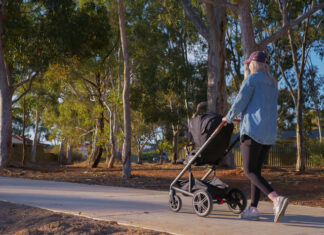IT’S the conversation that won’t go away.
Why should we celebrate Australia Day on January 26?
What does this date represent?
Is there an alternate date?
Every year these questions are being posed; whether it’s as talking heads on breakfast television or around the dinner table.
But so far the Federal Government seems unwilling to even entertain the thought of holding a national conversation about January 26.
Why? History tells us that Australia Day has been held on no less than seven different dates, with South Australia, Western Australia, Tasmania and New South Wales all holding their own form of ‘founding’ celebrations on different days.
The first Australia Day was held on July 30 as an event to raise funds for the World War I effort.
It wasn’t until 1938 that all states began celebrating on January 26, and in 1946 it became a unified day across Australia.
In 1994 it became an official public holiday.
For much of that time debate has ensued about what January 26 signifies to Indigenous Australians.
Regardless of what meaning you attach to Australia Day, celebrating on a date that paved the way for years upon years of killings and forceful removals is insensitive.
Some may argue that the talk of changing the date is divisive.
But if it took 15 years to settle on a unified date hasn’t it always been divisive?
Australia still has a long way to go in improving relations with its First Nations people, that much is clear.
Just last week, Kangaroo Island Mayor Michael Pengilly came under fire for refusing to read an Acknowledgment of Country at the start of a council meeting.
He said that the statement was “divisive” and that Acknowledgements of Country had been “overdone”.
To refuse to acknowledge the 50,000 years of Indigenous history in Australia is to bury your head in the sane.
It is true that changing the date won’t fix many of the challenges the Indigenous community face.
Changing the date won’t fix incarceration rates or unemployment or systematic racism.
But it’s a good first step, even if it’s only symbolic.








